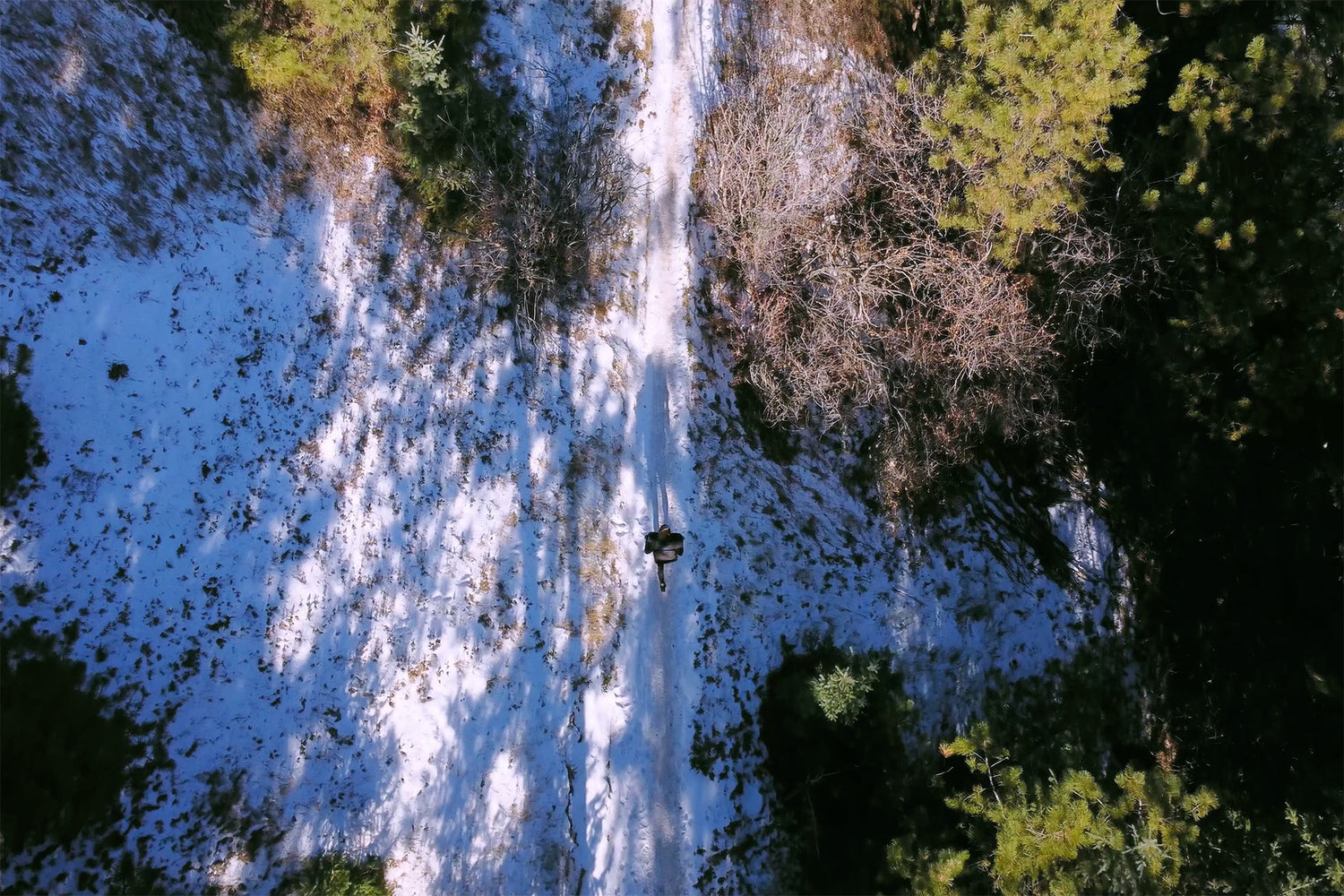By Dr. Mike Roussell
I love that rucking is an all season fitness pursuit. When I first was introduced to GORUCK and saw overnight GORUCK Events in Buffalo NY in late January, I thought - these people are serious and I need to get down with them. Since then some of my favorite rucking memories have been during when the temperature drops below 30 degrees.
As we are moving into the colder months, I wanted to provide the Tribe with some nutrition and hydration tips to help maintain performance in the cold. Keep in mind, as always, that your nutrition needs to scale with the duration and intensity of your training. Your nutritional needs for a 20 minute sandbag workout are going to be minimal compared to a 2 hour ruck at a spartan-esque pace.

Here’s how to master training in the cold this winter.
Keep Sipping Water - Training in cold weather will make you pee more (technically it is called cold induced diuresis). People tend to drink less when training in cold weather as well - this combination is a recipe for dehydration. When you are dehydrated, you will ‘feel the cold’ more than if you are properly hydrated.
Not drinking and then gulping water will only intensify your need to pee. Just keep sipping to minimize this effect. If you find it difficult to drink during cold training, mix in an electrolyte packet to your water bottle/hydration bladder. The added salt will stimulate your thirst reflex, making you want to drink more. Warm beverages can also entice you to drink more during breaks during your ruck.
Regulate Your Body Temperature - Once you get moving, your muscles will provide additional heat and warmth for your body, this means that you won’t need as many layers to stay warm as you did when you started out. Dress in layers (ideally breathable ones like wool and polyester) that you can peel off as your workout progresses to help regulate your body temperature. I’m not talking about rucking in a t-shirt when it is 20 degrees out but you want to avoid shivering as much as you want to avoid profusely sweating due to wearing many layers. Staying fully bundled up will just accelerate fluid loss, making it easier for you to get dehydrated.
Eat (a little) More - Cold weather rucking requires more energy. Researchers from the University of Pittsburgh found that Naval Special Warfare SEAL qualification students had greater energy needs during the mountain warfare/cold weather portion of their training. If you have ever rucked through snow, you know that it just requires more effort.
Expect to increase your ‘during ruck’ fueling. I’m not talking about doubling your calories intake. The U.S. Army Research Institute of Environmental Medicine estimates that energy needs of soldiers increase 25-50% in cold weather operations. Start with a 25% increase and adjust based on how your body responds. You will know after just a couple sessions if you are eating enough as underfueling during cold weather training can lead to faster onset of fatigue, decreased work output, and greater risk of injury.
Don’t let the cold be an excuse not to get out and ruck! Embrace the cold, fuel and hydrate properly and you’ll enjoy some of the best training of the year.

Dr. Mike is known for transforming complex nutritional concepts into practical nutritional habits that his clients can use to ensure optimal performance and long-lasting health. He holds a degree in biochemistry from Hobart College and a doctorate in nutrition from Pennsylvania State University. In addition, having published over 500 articles on health and nutrition, Dr. Mike has authored and/or served as the consulting nutritionist for 10 books about health, nutrition, and performance. He’s been a member of our GORUCK community since 2014 when he participated in several GORUCK Challenges and a part of GORUCK Tribe since its inception.

